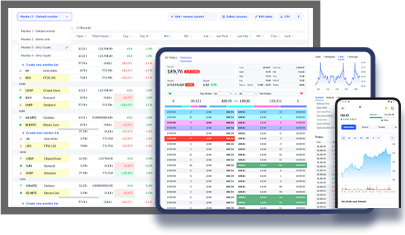We incurred $5,731,238 and $5,165,096 of general and administrative expenses for the nine months ended September 30, 2020 and 2019, respectively, an increase of approximately 10%. Of the amounts for the nine months ended September 30, 2020, as compared to the comparable 2019 period: $1,381,863 was incurred primarily for wages, bonuses, vacation pay, severance, taxes and insurance, versus $1,625,174 for the 2019 comparable period; $1,799,735 was incurred for ongoing legal expenses versus $573,018 for the 2019 comparable period based upon work associated with our strategic alternatives and planning for our January 2020 capital raise; $1,235,761 was incurred for outside operations consulting services, versus $1,188,685 for the 2019 comparable period as we incurred additional cash and non-cash expenses for investment banking consulting services; $53,448 was incurred for travel expenses, versus $160,078 for the 2019 comparable period, which decrease is primarily attributable to limited travel due to the COVID-19 contagion; $368,984 was incurred for investor relations services versus $972,577 for the 2019 comparable period, which additional expenses during the nine months ended September 30, 2019 were primarily attributable to non-cash compensation paid to advisors and an increase in our market exposure; $236,163 was incurred for professional fees associated with auditing, financial, accounting and tax advisory services, versus $109,555 for the 2019 comparable period, which additional expenses during the current period were incurred for fees associated with our announced strategic transactions; $457,887 was incurred for insurance, versus $361,494 for the 2019 comparable period, which increase is primarily attributable to an increase in coverage; and $197,397 was incurred for utilities, supplies, license fees, filing costs, rent, advertising and other versus $174,515 for the 2019 comparable period, which increase is primarily attributable to fees relating to document preparation and filings for our announced strategic transactions.
Stock Based Compensation Expenses
We incurred related party non-cash expenses totaling $21,001 and $173,161 for the nine months ended September 30, 2020 and 2019, respectively. The decrease is primarily attributable to the resignation of two Board members who were affiliates of CRE and fully expensing certain options in 2019.
We incurred $1,428,022 and $3,173,519 of non-related party non-cash expenses for the nine months ended September 30, 2020 and 2019, respectively. The decrease for the comparable period is primarily attributable to newly issued stock options during the first quarter of 2019, which included awards with accelerated vesting terms.
Other Income
We recorded $1,700,000 of other, non-cash expense for the nine months ended September 30, 2020 as compared to $0 for the nine months ended September 30, 2019. The current expense is due to a charge for the revaluation of investor warrants associated with our strategic transactions previously announced and currently in process (See “Planned Merger and Spin-Off” above.)
We earned $153,305 of interest income for the nine months ended September 30, 2020 as compared to $301,620 for the nine months ended September 30, 2019 on funds deposited in interest bearing money market accounts. The decrease is primarily attributable to the decrease in money market interest income rates.
Net loss and loss per share
We incurred losses of $9,739,079 and $12,521,187 for the nine months ended September 30, 2020 and 2019, respectively. The decreased loss was primarily attributable to the decrease in net research and development expenses associated with completing our most recent Phase 2 confirmatory clinical trial and a decrease in non-cash stock-based compensation expenses offset by the increase in our general and administrative expenses and one-time charges associated with the amendment of investor warrants. Earnings (losses) per common share were ($0.46) and ($0.97) for the nine months ended September 30, 2020 and 2019, respectively. The decrease in loss per share is primarily attributable to the decrease in our net loss and an increase in weighted average common shares outstanding.
The computation of diluted loss per share for the nine months ended September 30, 2020 excludes 500 shares of convertible preferred stock convertible into 303,031 shares of common stock, 22,011,258 warrants and options to purchase 2,271,573 shares of our common stock as they are anti-dilutive due to our net loss. For the nine months ended September 30, 2019, the computation excludes 10,368,158 warrants and options to purchase 2,295,246 shares of our common stock, as they are anti-dilutive due to our net loss.

